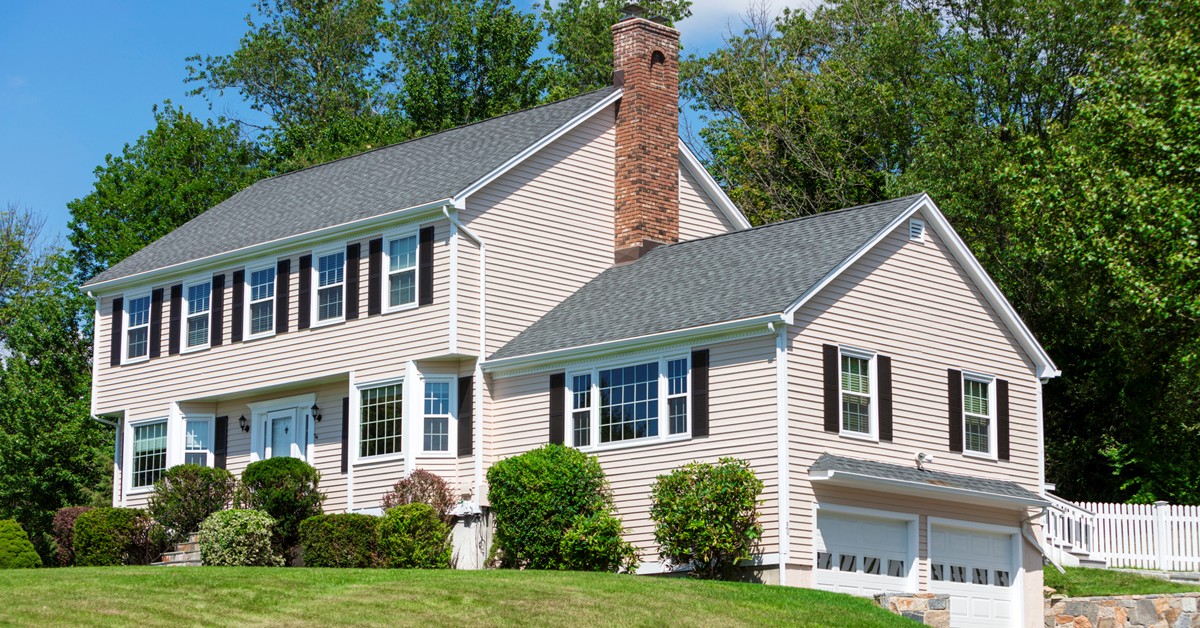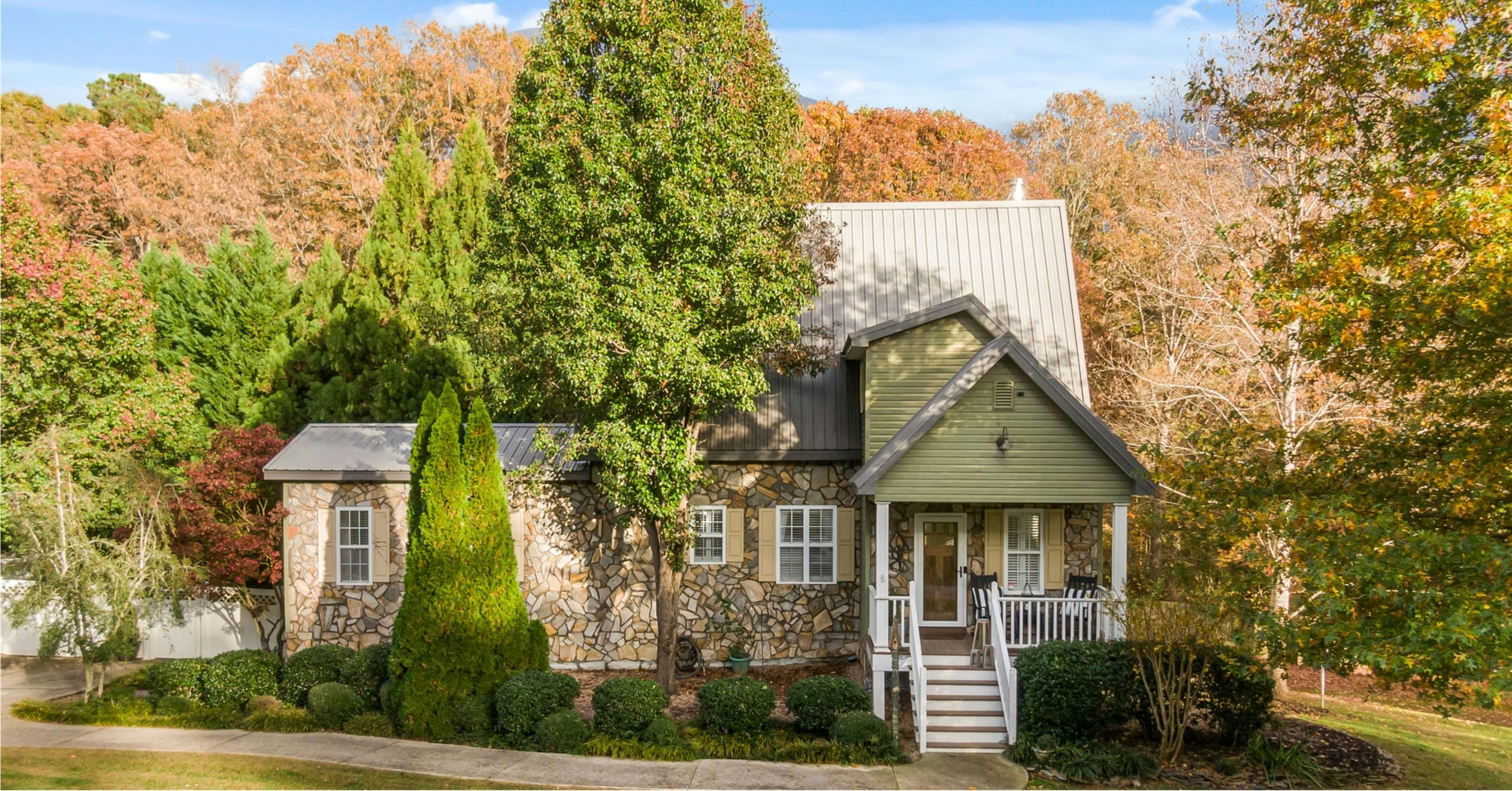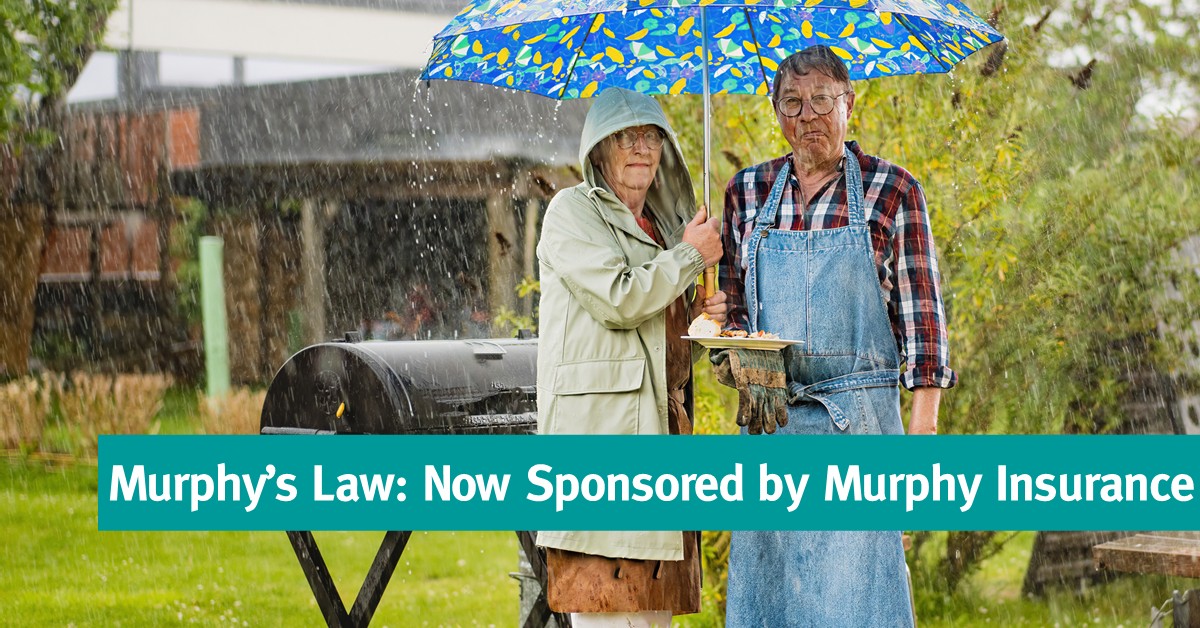You probably make a checklist for performing home repairs, a shopping list before hitting the grocery store, or perhaps a to-do list for work assignments—but do you have a checklist for reviewing your insurance coverage?
With the start of hurricane season (June 1 – November 30), it’s a good time to check your homeowners or renters insurance—and this handy list from the Insurance Information Institute will make it easy to be sure you’re well-prepared in case a storm comes your way.
homeowners coverage
Check your policy limit; is it enough to rebuild your home?
Make sure to have enough coverage to completely rebuild your home in the event it is severely damaged or destroyed. And, remember, the real estate value of a house is not the same as the cost to rebuild.
Consider these homeowners coverages to help protect against the costs of rebuilding after a hurricane:
- Extended Replacement Cost Policy – pays an additional 20 percent or more above the policy limits.
- Guaranteed Replacement Cost Policy – pays the full amount to rebuild your home whatever the ultimate cost.
- Inflation Guard – automatically adjusts the coverage limits to reflect changes in construction costs.
- Ordinance or Law Coverage – pays a specified amount for rebuilding to new building codes, should your community adopt stricter codes.
Do you know everything you own and how much it’s worth?
Imagine having to re-purchase all of your furniture, clothing and other personal possessions. Now think about what that would cost. Most insurers provide coverage for personal possessions—approximately 50 to 70 percent of the amount of insurance you have on the structure of your home. Is this enough? The best way to determine what you actually need is to conduct a home inventory—a detailed list of your belongings and their estimated value.
Check what type of insurance you have for your belongings:
- Replacement Cost Coverage – pays what it would cost to replace your personal possessions at their current value.
- Actual Cash Value Coverage – pays to replace your personal possessions only at their depreciated value.
Does your policy provide enough Additional Living Expenses coverage?
Additional Living Expenses (ALE) coverage kicks in if your home is rendered uninhabitable as the result of a hurricane or other insured disaster. ALE covers the extra costs involved in living away from home—hotel bills, restaurant meals and other expenses, over and above your customary living expenses—incurred while your home is being repaired or rebuilt. If you rent out part of your home, this coverage also reimburses you for lost rental income.
Check that the coverage is adequate for your needs:
- ALE coverage is generally equal to 20 percent of the amount of insurance coverage that you have on the structure of your house; however, most insurers offer the option of higher coverage limits.
- Many policies provide ALE reimbursements only for a specific amount of time; make sure you’re comfortable with the time limits in your policy.
What is the percentage of the hurricane/windstorm deductible stated in your policy?
Insurers in every coastal state from Maine to Texas include separate deductibles for hurricanes and/or windstorms in their homeowners policies. Unlike the standard “dollar deductible” on an auto or home policy, a hurricane or windstorm deductible is usually expressed as a percentage. It is clearly stated on the Declarations (front) page of your homeowners policy.
Hurricane and windstorm deductibles generally range from 1 to 5 percent of the insured value of the structure of your home. A hurricane deductible is applied only to hurricanes whereas a windstorm deductible applies to any type of wind. If your policy has a hurricane deductible, it will clearly state the specific “trigger” that would cause the deductible to go into effect.
Keep in mind:
- If you live in an area at high risk for hurricanes, your hurricane deductible may be a higher percentage.
- Depending on your insurer and the state where you live, you may have the option of paying more money in premiums in exchange for a lower deductible.
- A deductible is basically the amount subtracted from an insurance payout. If you have a high hurricane or windstorm deductible consider putting aside the additional money you may need to rebuild your home.
What disasters does your insurance policy cover?
Standard homeowners insurance policies provide coverage for hurricanes, wind, theft, fire, explosion, lightning strikes and a host of other disasters. However, all policies also list exclusions—such as for flood or earthquake—which are NOT covered by the policy. Get to know the exclusions in your policy and either talk to your Insurance Professional about purchasing separate coverage, or be prepared to pay the cost of those damages out-of-pocket.
Important additional coverages to consider in hurricane-prone areas:
- Sewer Back-Up Coverage (see sample) – Can be purchased either as a separate policy or as an endorsement to an existing homeowners policy. Sewer backups and damage from runoff water caused by major downpours are not covered under standard homeowners nor by flood insurance.
- Flood Insurance – Separate flood insurance is available from FEMA’s National Flood Insurance Program (NFIP) and from some private insurance companies.
But, wait, what about your flood insurance policy?
People tend to underestimate the risk of flooding, but 90 percent of all natural disasters include some form of flooding—especially hurricanes! If you live in a flood zone, or a hurricane-prone area, a separate flood insurance policy is a must. But it’s equally important to understand what it actually covers.
An NFIP flood insurance policy provides coverage for up to $250,000 in replacement cost coverage on the structure of the home and $100,000 in actual cash value coverage for personal possessions. Coverage for basements is limited, so make sure you understand what is considered a basement, as well as what is and is not covered in that area of the house. The NFIP policy also does not include coverage for ALE.
Additional tips about flood insurance:
- There is a 30-day waiting period for a flood insurance policy to go into effect so don’t wait until a storm is imminent to apply for coverage.
- The NFIP offers a range of deductibles; the deductible you choose will affect the cost of the policy and the amount of money you would receive if you file a claim.
- If you require a higher amount of coverage than is offered by the NFIP, consider getting excess flood insurance which is available from private insurance companies.
renters insurance
If you rent, rather than own, your home, have you bought renters insurance?
While your landlord may provide insurance coverage for the structure of your home, as a renter you are responsible for your own belongings. Renters insurance covers the loss or destruction of your possessions if they are damaged by a hurricane or other disaster listed in the policy. A standard renters insurance policy also includes ALE coverage if you are unable to live in your house or apartment due to damage caused by a hurricane.
Flood insurance is also available for renters. However, as for homeowners, the NFIP flood insurance policies for renters do not include ALE coverage.
Don’t wait to review and update your insurance until after you have a loss
There are few things worse than finding out you did not have the right kind of coverage when you are already filing a claim. So before hurricane season kicks off, make sure you’ve reviewed home or renters insurance policy with this Hurricane Season Insurance Checklist. Call your insurance professional if you have any questions. They can provide guidance on how to get the insurance protection that’s best for your needs and budget.
For information on how to make your home more disaster resistant, go to the Insurance Institute for Business & Home Safety (IBHS). For information on evacuation, go to the Federal Alliance for Safe Homes (FLASH).
Source: Insurance Information Institute
Visit Our Personal Insurance Page
Life is an ever-changing journey, and it deserves a thoughtful, comprehensive plan to protect the things and people that matter most. Our dedicated team at Murphy Insurance is here to assist you in creating that plan. With a wide range of product options at our disposal, we ensure that your plan is tailored precisely to your requirements. Our commitment to providing clear, intelligent guidance to help you achieve true peace of mind. Learn more about our personal insurance portfolio.













